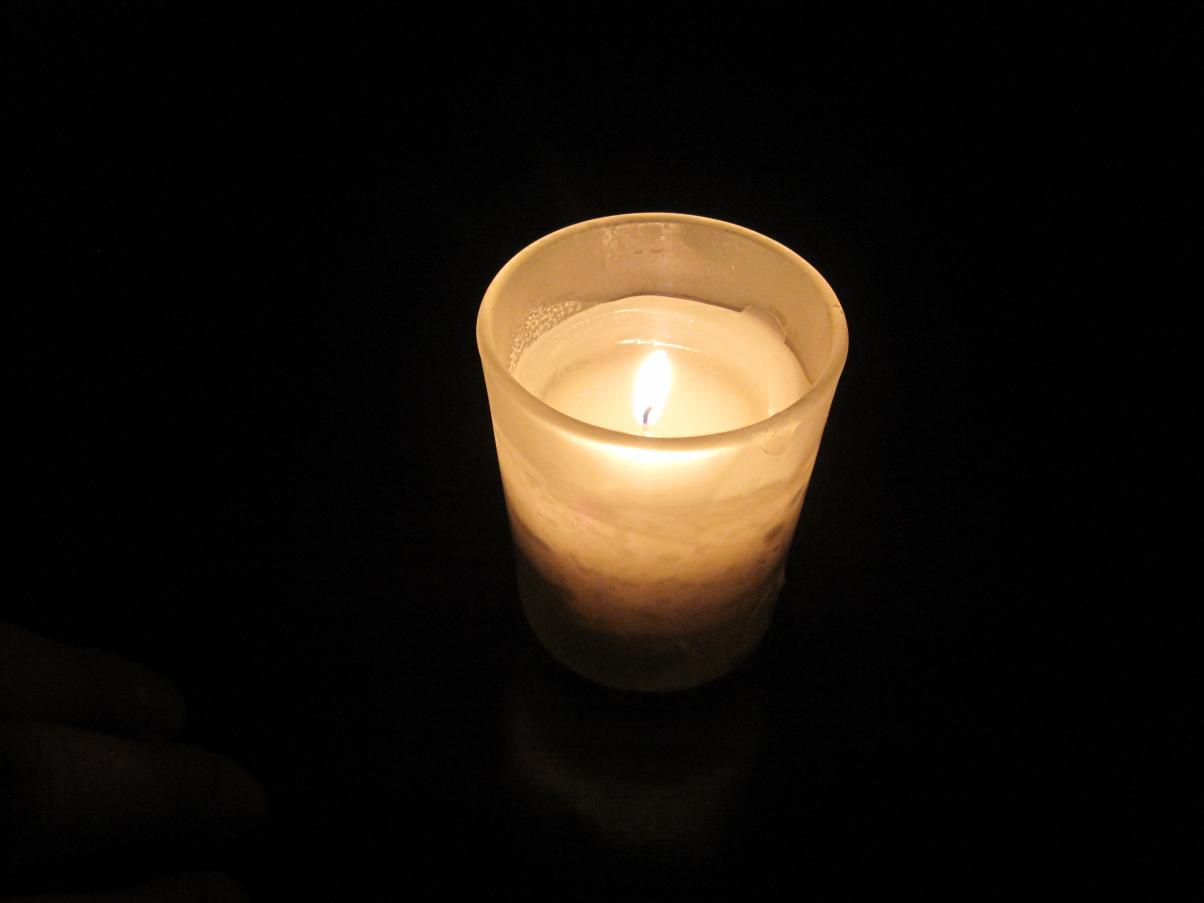
In 2014, I wrote about the Magdalene laundry in the Irish town of Tuam, one of many institutions where the Catholic church imprisoned and tortured innocent women. Catherine Corless, a local historian, uncovered death certificates for almost 800 children who died there under the harsh and abusive hand of church overseers.
Corless embarked on a search for these children’s graves. While she had no direct evidence of where most of them were buried, there were no burial records for them in any nearby graveyards. This fact, combined with the discovery of some human remains on the site – including some in an old sewage tank – led her to conclude that they were all buried in an unmarked mass grave on the home’s grounds. This allegation attracted enough attention to establish a state-run investigative committee. This month, they found that she was right:
And on Friday, the investigators said that the remains of babies, small children and fetuses had been found where she said they would.
…The first of these structures appeared to be “a large sewage containment system or septic tank that had been decommissioned and filled with rubble and debris and then covered with topsoil,” while the second was “a long structure which is divided into 20 chambers and appears to be related to the treatment/containment of sewage and/or waste water.”
It was within this second structure that the commission reported that “significant quantities of human remains had been found in at least 17 of the 20 underground chambers.”
According to the statement, the remains included those of 35-week-old fetuses to children up to 3 years old.
The image of dead children and babies dumped in an old septic tank was the most explosive accusation to come out of the original story. While Corless never claimed that all the bodies had been buried there, it was long known to locals that at least some were. This finding confirms that the truth is as bad as our darkest suspicions.
As I wrote previously, children of the women at Tuam and the other Magdalene laundries were abused and neglected. They died from malnutrition and from diseases normally associated with extreme poverty. This wasn’t unintentional, but was the logical result of a religious system that treated their very existence as a shameful crime. Corless provides a shocking illustration:
Ms. Corless, who lives outside Tuam, went to school with children from the St. Mary’s home and remembered how they were kept to one side of the classroom and had to arrive and leave at different times so there would [be] no interaction with children of parents who were married.
This is what you’d expect from a faith that believes sin is a contagious disease. The Catholic church viewed these children as tainted because of who their mothers were and treated them accordingly. The mass grave of babies in a septic tank was just the final, metaphorical summation of the religious shame and contempt they suffered from for all their too-short lives.
The sad coda to this story is that, even now, the Tuam children haven’t gotten the dignity they deserve:
Ms. Corless wanted to erect a plaque with the names of all of the children who had died, and she helped up set a committee in 2013 to finance it. The committee was unable to raise enough money.
I’m trying to understand why the people of Ireland didn’t respond to this call. Was it “one death is a tragedy, a thousand is a statistic”-type thinking, where the sheer number of deaths made them less personally affecting? Was it that this all happened too long ago, so that people’s memories have faded? Was it that the Tuam children were kept deliberately isolated and so no one alive today feels an emotional connection to these events?
Or is the entire country so ashamed of its past complicity that they’d now prefer to look away and pretend none of it ever happened? Do they want to forget the past because the debt seems too enormous to ever be reckoned with?
According to one of the country’s human-rights workers, it’s something close to the latter:
The director of Amnesty International Ireland, Colm O’Gorman, who himself experienced clerical abuse, said it was time for the government to “join the dots.”
“There is a direct line between the industrial schools, the mother and baby homes and the abuse committed and covered up by priests,” he said. “The state never really accepted that it had accountability or responsibility when it came to their own citizens, so it outsourced all of that to the church.”
Whatever the reason, we know the truth that a church which claims to be “pro-life” neglected children to death and threw away their bodies, literally, like rubbish. This isn’t a relic of the distant past: there’s a straight line to be drawn from the Magdalene laundries to Christianity’s ongoing war on contraception and abortion.
Whatever the apologists may say, this isn’t about protecting life and it never has been. It’s always been about upholding their harsh standards of purity. Women who transgressed those standards, and their children, were stamped with a scarlet brand and treated as if their lives had no value. We can’t undo the harm that was done by this evil theology, or bring back the lives that were lost. The least we can do is remember the Tuam babies and where this road leads, so that the next time a sex-shaming religious evangelist comes knocking, we can tell him we’ll have no part in his wicked belief system that produces mass graves of children.